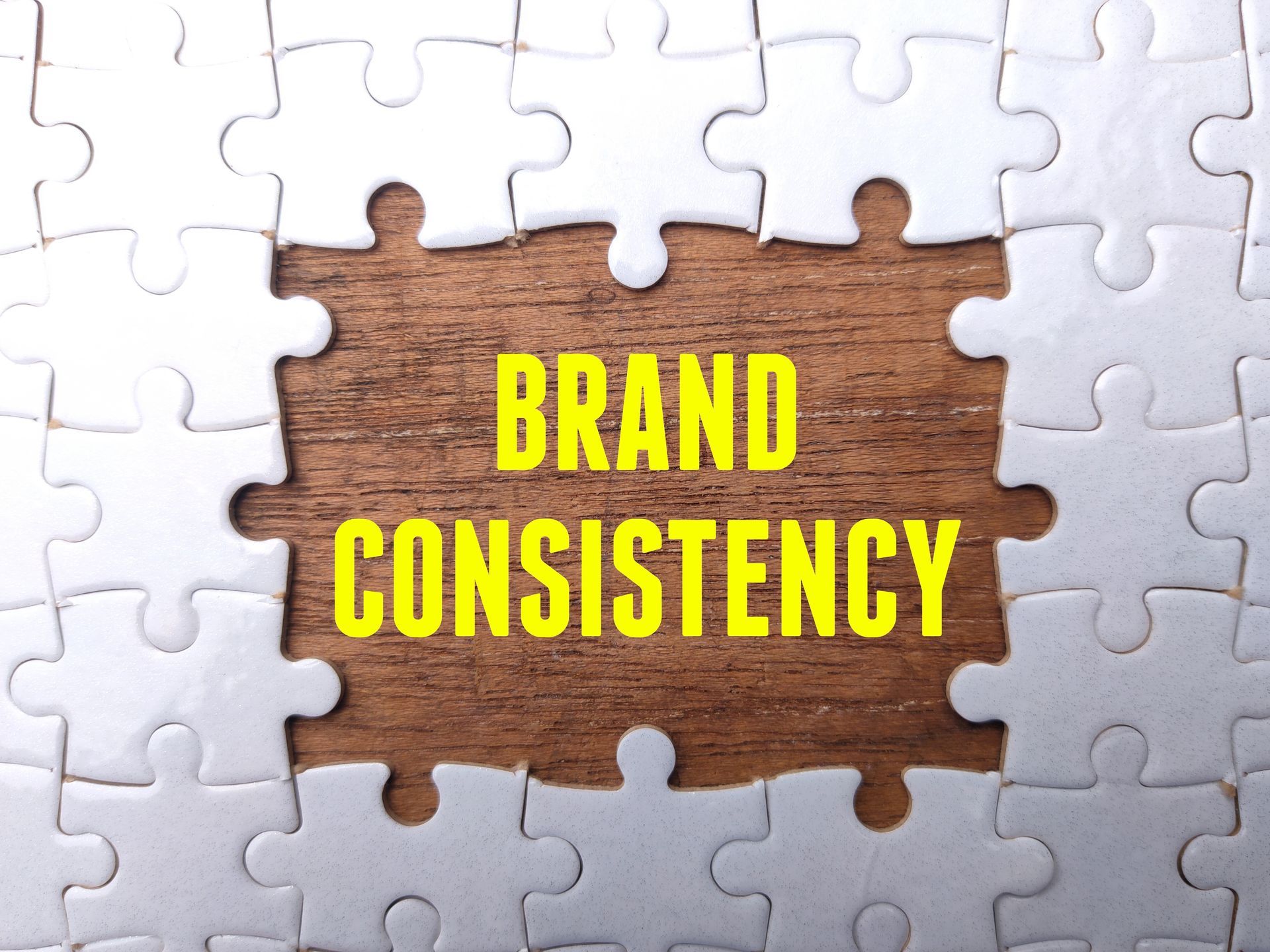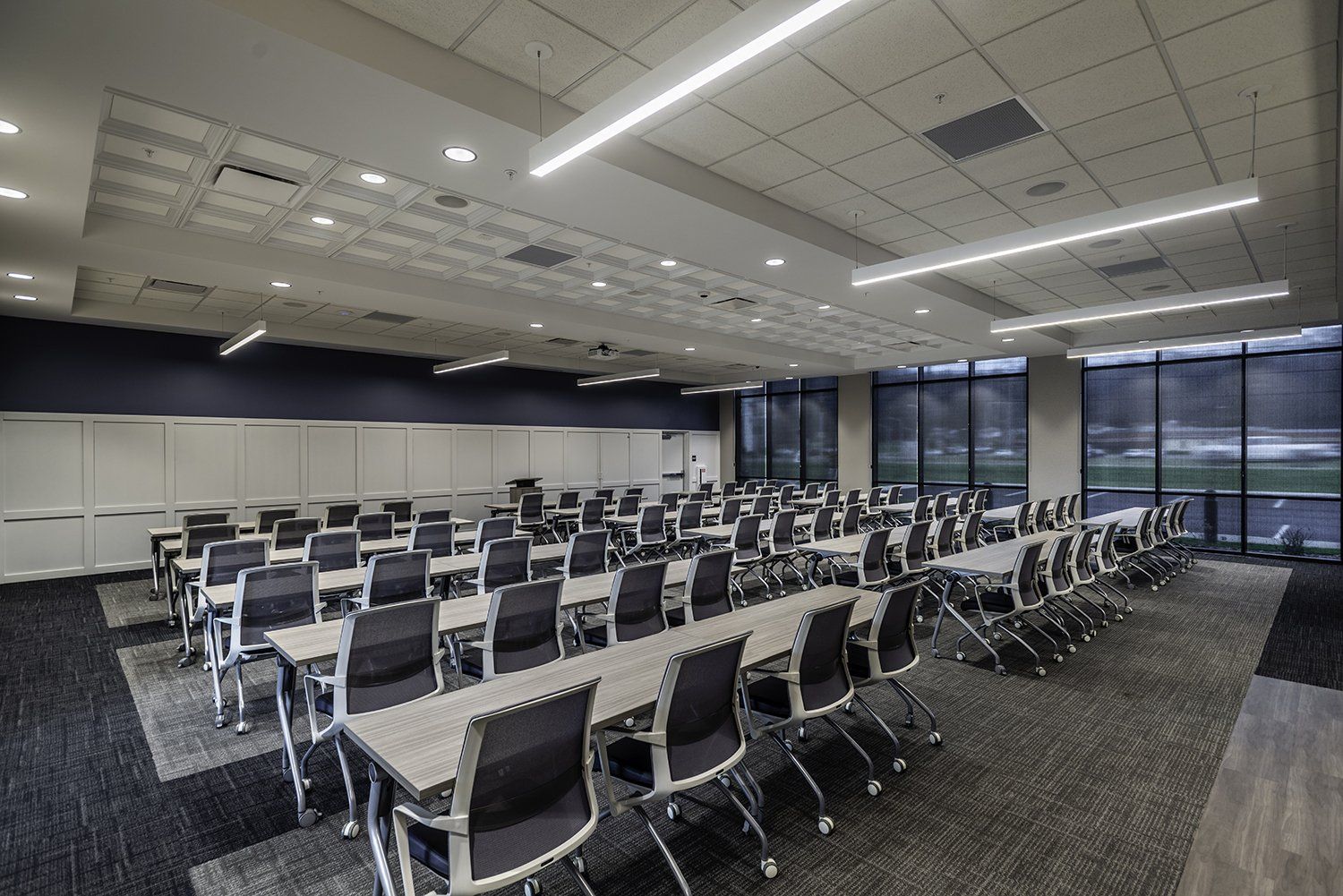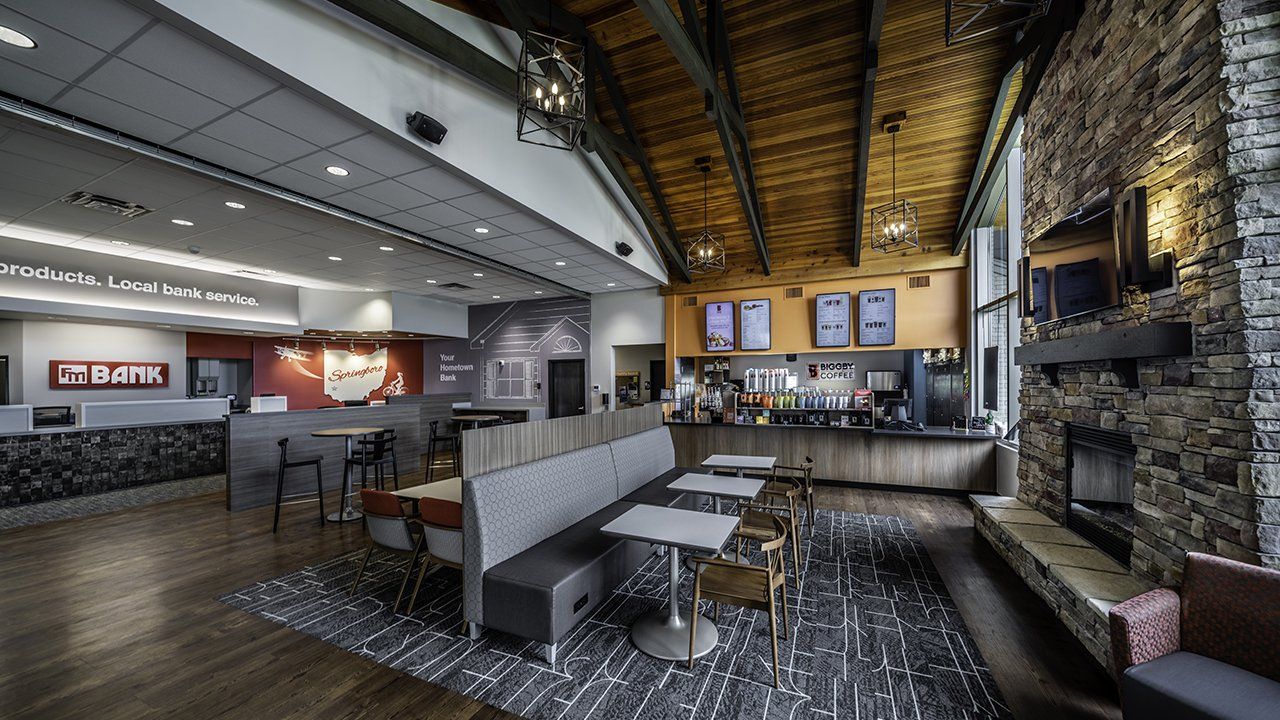Menu
Follow us on:

BABY BOOMERS VS. MILLENNIALS: THE SHOWDOWN
At their recent Annual Convention & Trade Show, the Community Bankers Association of Ohio sponsored a session that featured a discussion amongst a panel of Millennials and Baby Boomers based on stereotypes that the two generations have about each other. Each group was given the chance to address common stereotypes or “throw punches,” defend their stance, and a discussion followed that was a good starting point to examine what the two most prominent generations in the workplace actually think about the other, and more importantly, how can they work together.
Data from The Pew Research Center states that Boomers (traditionally those born between 1946-1964) currently make up 29% of the workforce. Millennials, or Generation Y (those born between 1982-2000) have passed Gen-Xers as the second largest cohort in terms of percentage of workforce, and by 2025 are projected to make up 75% of the workforce says a
Forbe’s article on the Workforce: 2020. Research by Lindsey Pollak and others actually suggest that Boomers are the generation Millennials get along best with, probably due to the fact that the Millennials remind the Boomers of their children, and vice versa.

The Millennial Panel featured Rachel Weaver of Richwood Bank, Ryan Arras and Kailyn McComb from Heartland Bank , and they represented their fellow millennials quite well. The first punch thrown by the Boomers was that “Millennials can’t stay at a job long enough to learn anything. They think they should be President of the Bank the second week they are there.” This is a common stereotype most of us cite when speaking of this generation, and their response to this was along the lines of: the day of working for the same company for 20 or 30 years is just not realistic. Companies don’t stay in business that long anymore (a lot of them witnessed their parents being “downsized” or “rightsized” not once, but multiple times), so if a job is not satisfying to them, or they don’t feel they can progress they won’t feel the same sense of loyalty a lot of boomers felt going through the work force year after year. Also, Millennials are waiting until later in life to have children, and don’t need to stay at jobs in their 20s to support a family at home affording them the flexibility to job hop until they find something worth staying at.
In fact, figures on job tenure for Americans in their 20s mirrors almost exactly what it was in the 1980s according to the Bureau of Labor Statistics. However, of those millennials who said they did plan to leave their company in the next two years, 71% said it was because their ”leadership skills were not being fully developed”. Millennials also cited that their job satisfaction was closely tied to having a defined career path and mapping this out early on in the job with their management.
Another punch the Boomers threw was: “It’s five o’clock and the millennials are running for the door. They are lazy and won’t work till the job is finished.” I would have to admit that I’m guilty of thinking and saying this too, but the comments from the Millennial panelists made me think a little differently. Their view is that even though they might not physically be in the office they can still be working. With e-mail, cell phones and Wifi, they can work anywhere including the café, gym, or the commute to and from home. They are just not tied via an umbilical cord to the office. “Presenteeism doesn’t make sense to people used to working on the move … That’s not laziness, that’s just working smarter,” pens Aisha Gani in a 2017 article that appeared in The Guardian.
Th Millenials threw some punches as well, mostly revolving around Baby Boomers being reluctant or unwilling to adapt to new technologies in the workplace.
In a commentary published in Fortune earlier this year, Tom Gimbel outlined ways managers can help bridge the generational gaps that can appear in the workplace. First, set expectations of success. Each generation has a different definition of success. For Boomers,they are process oriented and success means putting in long hours to complete the project. For Gen-Xers success means achieving a healthy work-life balance, so they tend to get projects done efficiently or sooner than expected. Success for Millennials however, is defined as positive feedback from managers and those they work with. All three are sound models, but company leadership has to set the expectations for each project and COMMUNICATE them to everyone involved. This may even help to promote dialogue among employees.
Another suggestion from Mr. Gimbel is to create a mentorship program which I agree with strongly. Pairing employees cross generationally allows them to build relationships and understand each other’s perspectives and priorities. But it should be bi-directional: allow the Boomers to provide advice on professionalism and career development and Gen X and Millennials can provide tips on new technologies and skills using new equipment.
As a parent of three Millennials, my children run the gamut of displaying all, some, or none of the stereotypes of this generation. I’m just happy they are all out of the house!!











